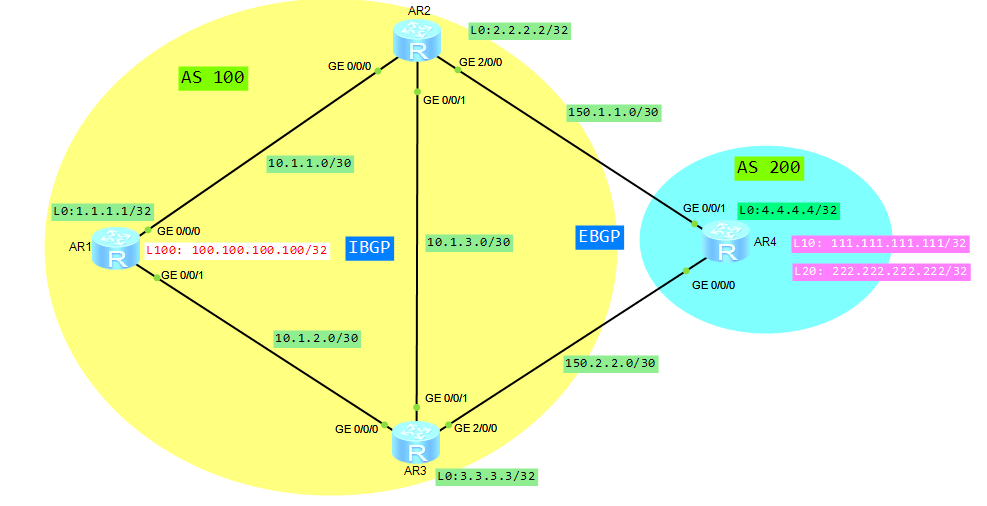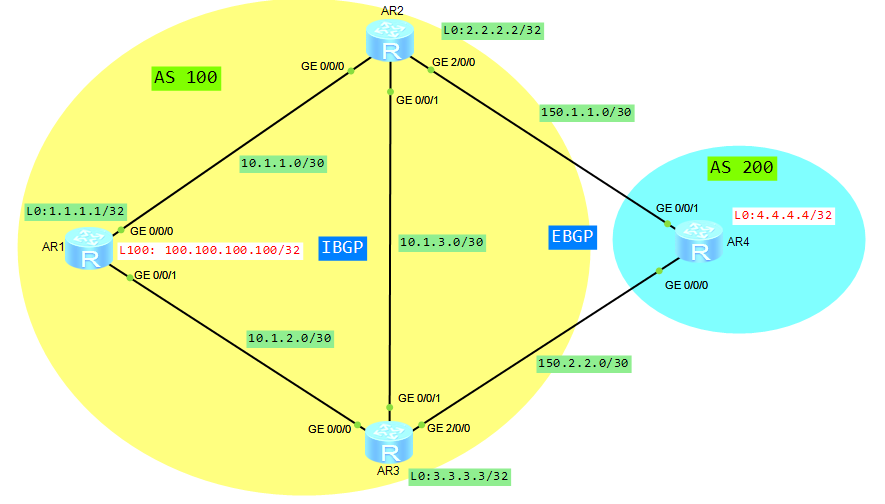Let’s imagine you are an IP engineer and suddenly found increasing number of “TTL exceeded” packets on your router. Your first thought is “what the hell is it? How to find a source of these packets?”
Take it easy. You will know how to investigate such issue on Huawei router.
[labnario]display ip statistics
Input: sum 2783201 local 2321967
bad protocol 0 bad format 0
bad checksum 0 bad options 0
discard srr 0 TTL exceeded 494196
Output: forwarding 0 local 886008
dropped 0 no route 0
Fragment: input 0 output 0
dropped 0
fragmented 0 couldn't fragment 0
Reassembling:sum 0 timeouts 0
As you can see there are “TTL exceeded” packets. “Display ip statistics” command shows packets that are directed to CPU. Don’t mix it up with packets found on the interface. For example, you don’t have dropped packets on the interface but “display ip statistics” shows such packets.
 Labnario Huawei From Scratch
Labnario Huawei From Scratch

